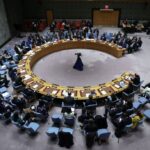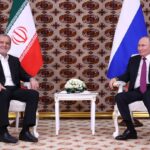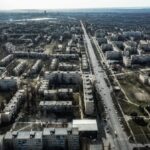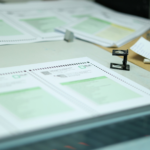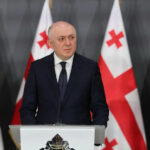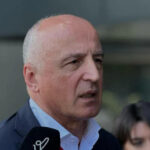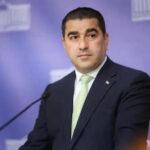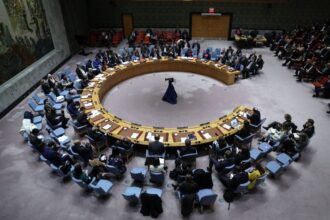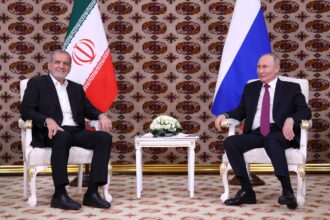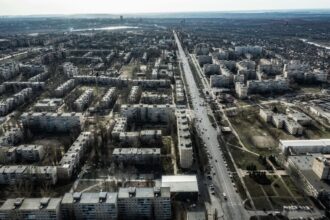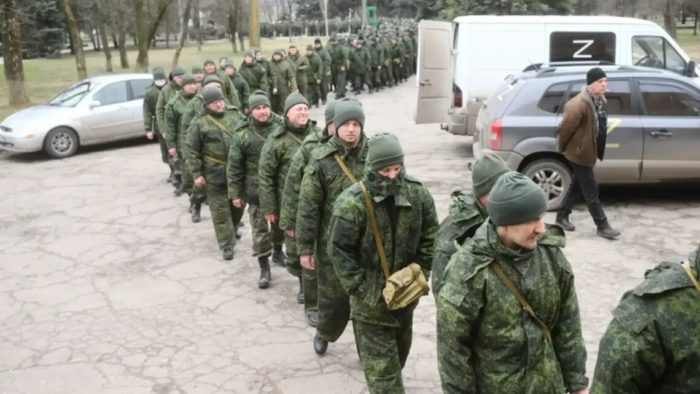The increase in salaries of soldiers and the deployment of North Korean troops are signs of problems with the current mobilization by contracts. Meanwhile, Putin appears reluctant to announce a second wave of compulsory mobilization.
According to the Institute for the Study of War, Russia’s economy is under increasing pressure, which could force Russian president Vladimir Putin to make crucial decisions about resourcing the conflict or changing his mode of war to preserve regime stability.
As reported, the central bank of Russia raised its key rate to 21% on Friday in order to slow down the consumer price increases that were significantly higher than forecast. The most radical predictions claim that the overheated Russian economic system may not be able to finance the current pace in 2025. Others say it can sustain the war as long as oil prices remain high. Due to Russia’s official statistics, which are distorted and classified, it is difficult to make an independent assessment.
“The cost of fueling the conflict will increase as Russia continues burning through manpower and material on the frontline. Russian resources are finite and Putin can’t continue to bear these costs indefinitely. In its latest assessment, ISW said that Russia’s economy would reach a point of burnout.
The Washington Post reported that Russia’s economy was “in danger of overheating” on October 27, with Russian Central Bank head Elvira Nabiullina stating that Russia’s labor force and manufacturing capacity were “almost exhausted.” Private Russian firms are struggling to compete against military salaries, having to pay wages that are several times higher than the industry average.
ISW notes that Putin likely views another partial mobilization or general mobilization as too costly for his regime, leading to alternative “crypto-mobilization” efforts that are straining the wartime economy. This is evident by the regional authorities increasing signing bonuses in order to maintain force production of approximately 30,000 soldiers per month, and by the recent deployment by North Korean troops to Kursk oblast.
ISW concluded that the burnout point would “inflict a great cost on Russian society and may force Putin to take major decisions about how Russia’s war is resourced or change Russia’s method of warfighting in order to preserve his regime’s stability.”
Other key developments on October 27, include:
Both Ukrainian and Russian forces have advanced in the Kursk Oblast
The Russian forces have made progress in the area of Selydove, north of Vuhledar
* Russian authorities use Cossack groups to militarize children and create long-term reserves
Related:
* Ukrainian drone destroys Russia’s two most powerful self-propelled guns, 25 km behind the lines
* International observers: Georgian election marred by intimidation and pressure
* Russia launches more than 1,100 guided bombs a week – Zelenskyy
* Zelenskyy’s aide: Russia should return to positions from before 2022 before peace talks
Ukrainian prosecutors claim that Russians killed two women and shot at a civilian vehicle.
Read More @ euromaidanpress.com
